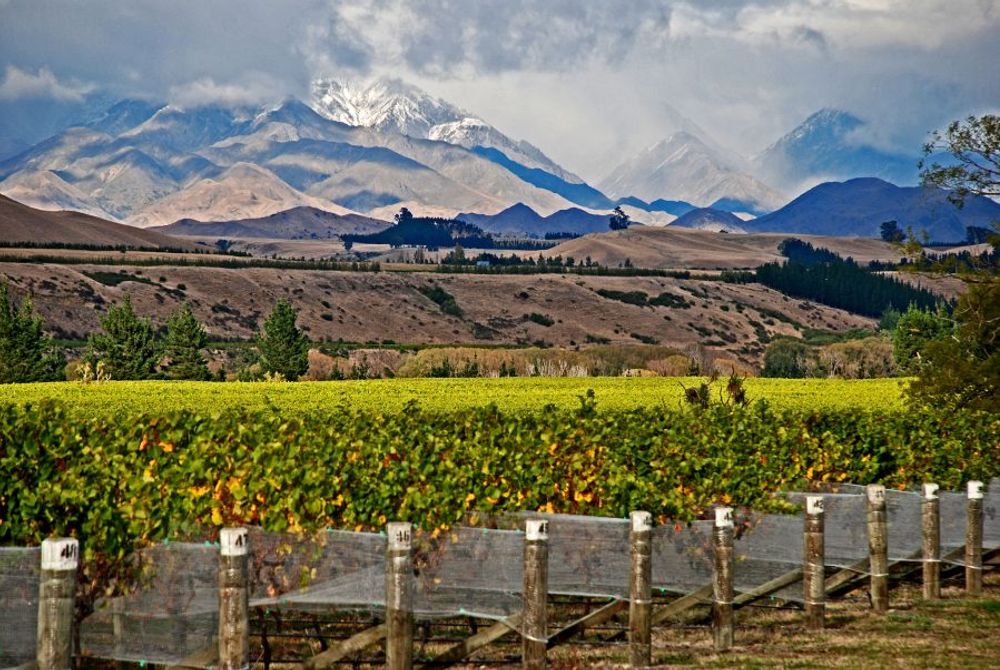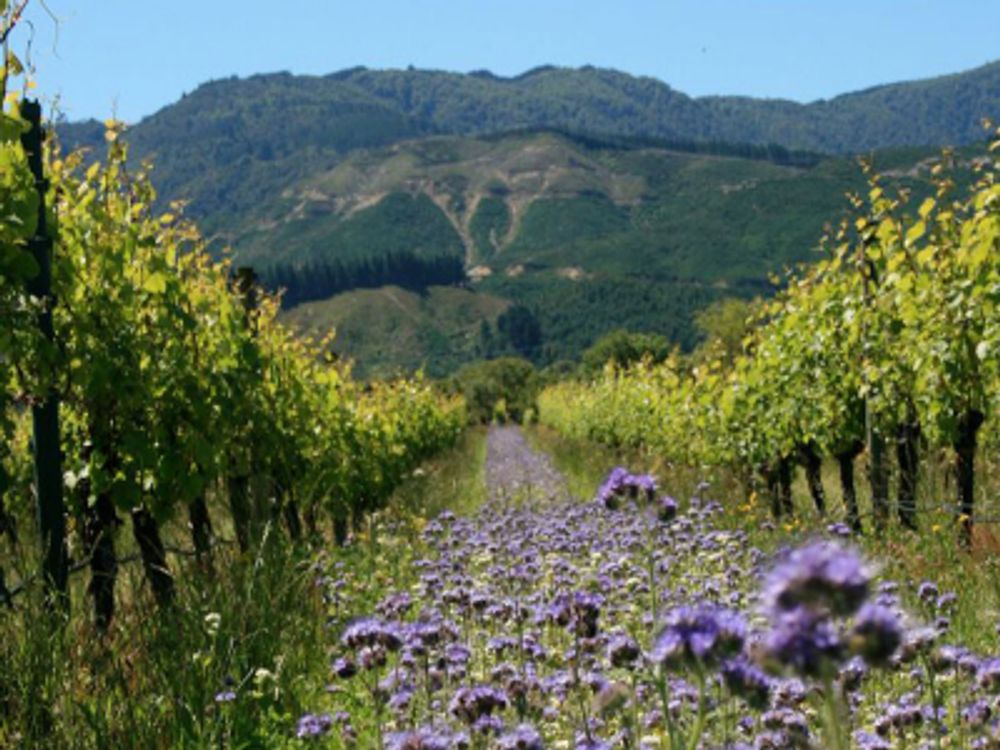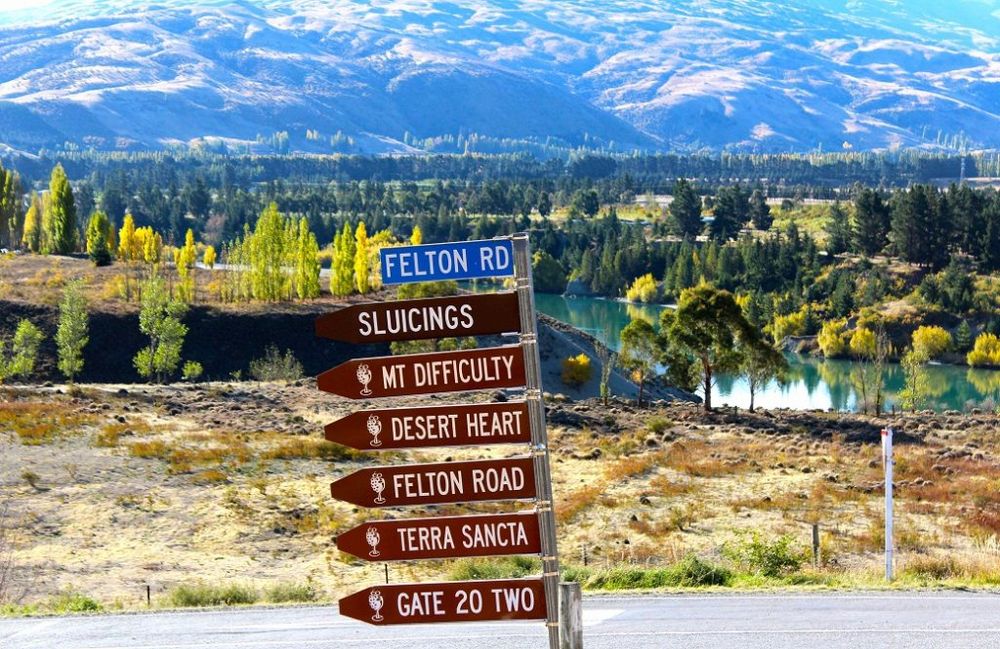What now for New Zealand? The world loves its wines, but does it have enough to go around? Who does it choose to do business with?
If there is a more solid, consistent, robust and better respected wine country than New Zealand anywhere in the world, then it must be hiding under a very big bush somewhere.
Like the All Blacks rugby team, the New Zealand wine industry does not seem capable of putting a foot wrong. OK, it might have the occasional blip or two, but for year in, year out reliability then New Zealand is very much at the top of the performance charts.

Sales and exports continue to grow and build demand around the world
Just look at the latest annual report from New Zealand Winegrowers. The value of its total exports around the world reached a record NZ$1.83 billion for the year ending in June 2019, up 6%. At a retail level this translates to over NZ$7 billion dollars. Volume was up 5% to 270 million litres.
The average price per litre was also going in the right direction. Up 1% on the previous year to NZ$6.74 per litre, with packaged wine up 2% at NZ$8.55. The average grape price per tonne was NZ$1841 in 2018, compared to NZ$1,752 in 2017. The UK and the US are still driving New Zealand forward, with value growth outpacing volume growth in both markets. The US, in particular, is the gift that keeps on giving, being the country’s largest wine market worth over NZ$550m in exports.
Crucially New Zealand has continued to drive growth by pushing a premium agenda everywhere. If it goes into a new market, it sticks to its guns and looks to only sell wine at certain price points. It might mean it does not shift as many millions of litres of wine, but it does so at price points that are good news for growers, producers and everyone in the New Zealand supply chain.
Noticeably its annual report reveals that New Zealand is the highest or second highest priced wine category in its key target markets of the US, UK, Canada, and China.
Review and learn

Organics and cover crops are very much part of the New Zealand wine scene
But it’s not sitting back on its laurels. Far from it. The annual report also reveals some of the findings from the 2018 PwC Strategic Review it had commissioned to assess just how well it was doing internally as a winemaking country, and externally as a major wine exporting market.
The study was the first it has carried out since 2011 and was not just there to tap itself on the back, but to pick away at any scars and expose the big challenges it needs to face up to.
But first the strong points. As well as its premium strategy, New Zealand has also succeeded in pushing a sustainability message that is well understood and received by global buyers. It now needs to build on its sustainability agenda to ensure it remains on the front front, said the PwC review.
In fact sustainability has become the “cornerstone” on which so much of its current and future success needs to stand.
Then comes its quality and again the review stressed how well received and recognised New Zealand was as a country capable of producing world class wines on a consistent basis.
Areas of concern
Where New Zealand needs to be careful, is managing supply and demand for both its established and emerging markets. There is a danger if it doesn’t then it could become a victim of its own success, particularly in how it handles distribution and allocation of its much coveted Marlborough Sauvignon Blanc.
The biggest issue potentially for New Zealand in the near future is availability of land in key regions such as Marlborough. PwC concluded there is around 5,000 hectares of commercially viable land still to be planted in Marlborough and that it could reach capacity by 2028.
So the more the demand increases for its wines, the more Marlborough wineries will have to do to be even more productive with the land they have, without affecting quality and price.
In the last year total production area increased by 2%, or 600 hectares, to 38,680 hectares, with Hawke’s Bay and Marlborough both growing by 2% respectively. New Zealand Winegrowers expects vineyard area to increase by a further 1% a year for at leat the next two years. But for how long can the country continue to add vineyards to keep up with the global demand?
production to increase
The number of wineries in New Zealand is now 716, up from 677 two years ago. But its number of growers is well down from 1128 in 2010 to 692 now, and 762 in 2015.

Producers such as Prophets Rock are helping to drive premium New Zealand wine exports
Then there is the over reliance on Sauvignon Blanc. Which, for the moment does not seem to be a problem. But there are warning bells being sounded about having too many of your eggs in one basket. Of the country’s total 692 growers, 509 of them are in Marlborough.
Of its total 38,680 hectares of vineyards, Sauvignon Blanc represents 24,000 of them. With Pinot Noir so far back in second place with only 5,625 hectares. Marlborough has 26,850 hectares out of the country’s 38,680.
When you look at its exports then it is almost exclusively a success story for Marlborough Sauvignon Blanc accounting for 231,194 million litres of the total 269,329m/l.
Growing exports
New Zealand is also well placed to benefit from changes in global trading and, in particular, the CPTPP Agreement that finally came into force at the end of 2018, which means it now enjoys free trade with seven key markets outside of the EU, most noticeably Japan, Canada, Mexico, Peru, Vietnam and Malaysia. A move New Zealand Winegrowers believes could be worth NZ$4.5m a year to the industry.
There is already talk of a potential free trade deal with the UK post Brexit, but either way it is also well on the way to agreeing a free trade agreement with the EU. A market that is currently worth around NZ$182m.

Where next for New Zealand and its much in demand wine industry?
Many of the issues that New Zealand faces are similar to most mature wine producing countries. Balancing the need to increase production, whilst remaining sustainable, and with price points that makes the whole supply chain profitable.
For all its international reputation it is still a relatively young wine producing country and is still growing fast. Total exports of 270m litres in 2018 is nearly double the 142m litres in 2010 and a big step up from 209m litres in 2015.
But perhaps the biggest takeaway from the PwC Strategic Review is how confident the New Zealand people are in its own industry. It found that up to 80% of respondents that took part in the review say they plan to stay in the industry “for the foreseeable future”. That’s a great place to be in.










































